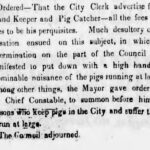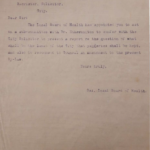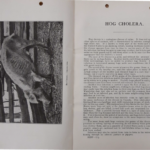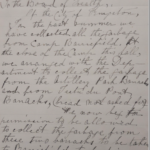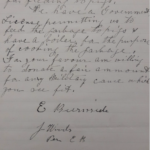Street Address: 203-205 Princess Street, formerly The Windsor Hotel
“Eat like a pig” is a common phrase directed at those with poor table manners or an unrefined palette. However, contrary to what many of us believe, pigs can be rather picky eaters. And these highly social and intelligent animals are also very clean in their habits. When it comes to diet, individual tastes differ of course, but according to Pigs Peace Sanctuary in the Pacific Northwest, most pigs enjoy eating cooked broccoli, pitted apricots, cucumbers, and beets; only some of them like mushrooms, peppers, and sprouts; whereas most detest cabbage and onions.[1]
The belief that pigs have limitless and indiscriminate appetites loomed large in the early 20th century when Kingston officials flirted with the idea of using pigs as a solution to the city’s growing waste production. Previously, official attention to pigs was focused mostly on their running at large – the city even hired a dedicated “Pig Catcher” in 1847.[2] The question of pigs’ diets arose in 1917 when the Board of Health received a letter from E. Burnick asking for permission to collect garbage from two barracks with the intention of feeding it to his pigs.[3] He implored, “It does seem an economic waste that this garbage should all be burned when it is quite fit for feeding to pigs”.
Interested in the efficacy of feeding garbage to pigs as a solution to the city’s growing waste problems, the City Clerk (W.W. Sands) in February 1918 wrote letters to a number of other municipalities in Ontario to inquire about their experiences with feedings pigs waste: Belleville confessed that they had never thought about doing so and would be keen to learn from Kingston’s experience; Guelph said they were considering it as a practice; the City Clerk from St. Catherines said the city had tried to feed pigs waste but found that residents were not careful enough and a number of pigs died – “A great many hogs that were fed garbage died from the results of broken glass and other material being thrown in the cans. If you could overcome that by any means no doubt a great many hogs could be raised at very little cost;” In Ottawa the practice was discontinued because it had become “illegal to keep hogs in the city” but the Health of Animals Branch of the Agricultural Department of the Dominion Government still “issues permits for the collection of garbage from certain public buildings for pigs kept outside the city.”[4]
However, almost at the same time Kingston was exploring how pigs could consume waste, their very presence in the city was becoming extremely contentious because of outbreaks of Hog Cholera.[5] And as pigs became more associated with waste and disease, their presence in the ‘modern city’ was increasingly questioned – so much so that by 1920 Sanitary Inspector Carson made it his mission to get rid of them. On the 5th of April 1920, he reported to the Board of Health that “Kingston was the only City in Ontario where pigs were allowed to be kept within the municipality” and advised that “the present by-law be amended so as to keep them out.” He continued the discussion in a meeting held on the 12th of April: “the Federal Inspector Mr. Baker informs me that there is no City in Ontario that allows pigs to be kept within the city limits. There [are] at the present time over 100 pigs within the limits here.” To disincentivize pig-keeping in the city Mr. Baker started to cancel licenses that allowed residents to feed pigs organic waste. This affected places like the Windsor Hotel, which had been keeping several pigs and received several complaints because of it.
Pigs have long disappeared from Kingston and other cities, relocated to a nightmare existence in rural factory farms, where their entanglement with issues of waste and disease continues – from noxious smells and overflowing manure lagoons to African Swine Fever.[6] Sadly, the anguished fate of most of these animals is a very long way from the sociable and joyful lives of pigs at Pig’s Peace and other sanctuaries, enjoying their apricots and cooked veg. Imagine a world where humans shifted from eating pigs, to thinking about what pigs might like to eat instead.
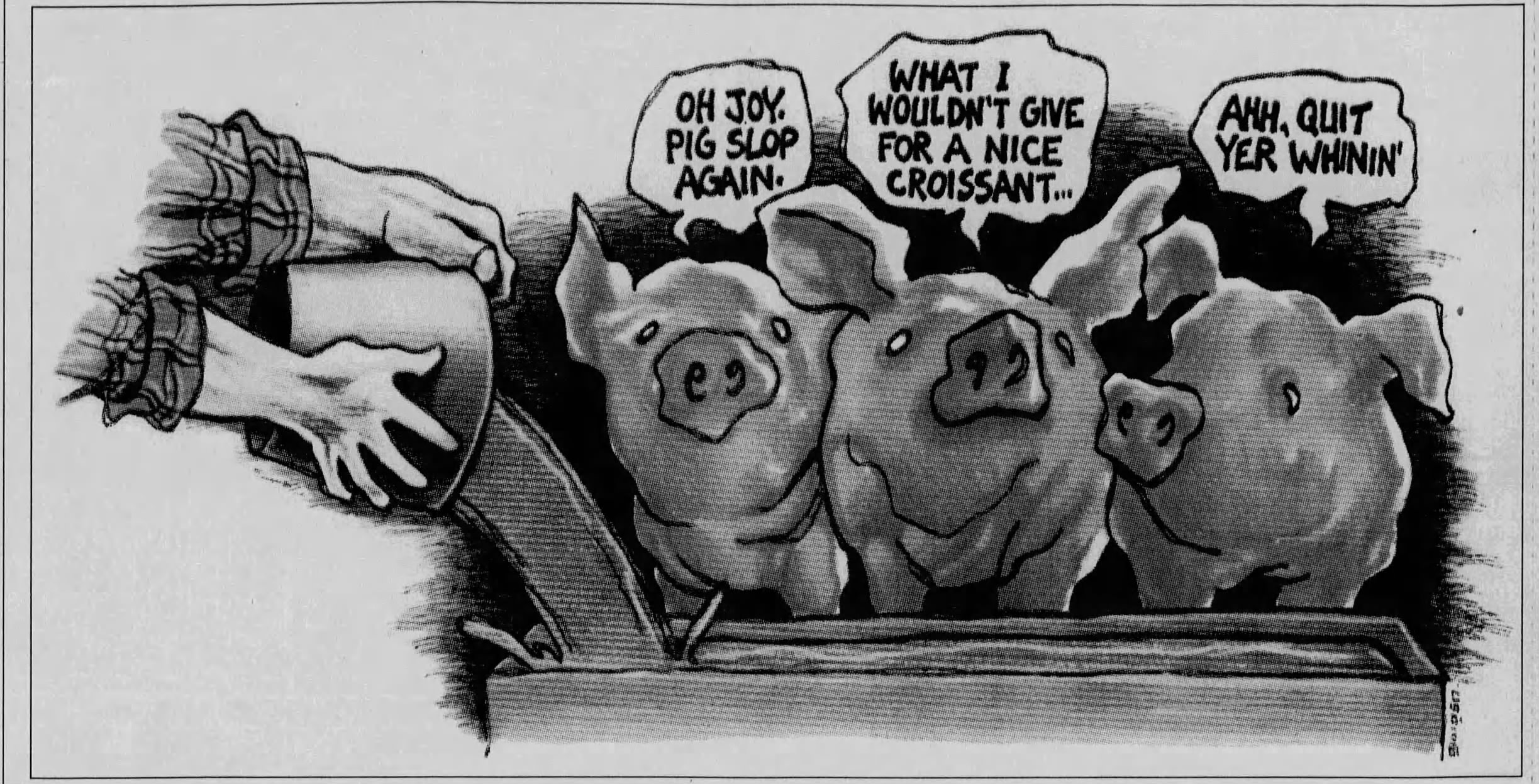
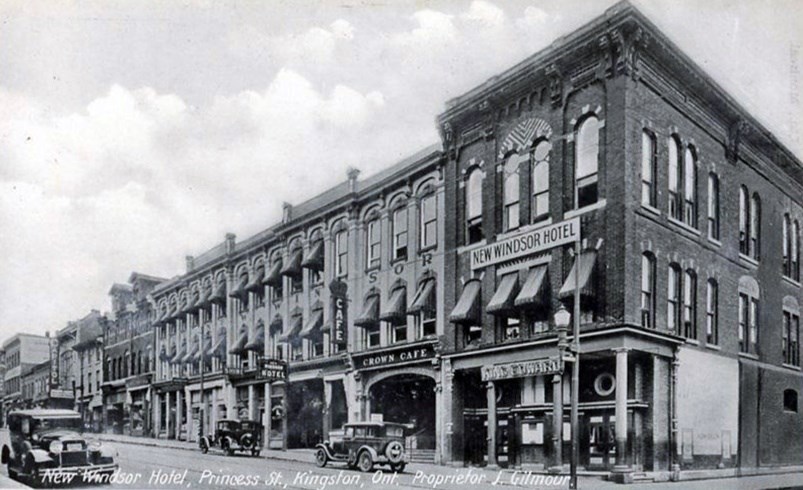
Notes and Credits:
Footnotes:
- [1] Pigs Peace Sanctuary, n.d. “Pig Info”.
- [2] 6 April 1847, “City Council: Pig Cather,” The British Whig. Page 2.
- [3] Queen’s University Archives, Kingston City Health Committee 1915-1936 – Box 225, File 1.
- [4] Queen’s University Archives, Kingston City Health Committee 1915-1936 – Box 225, 18 February 1918
- [5] Queen’s University Archives, Kingston City Health Committee 1915-1936 – Box 225, File 1
- [6] McKenna, M., 2021. “Another Global Pandemic Is Spreading—Among Pigs.” Available from WIRED. African Swine Fever is incredibly deadly to pigs, killing almost 50% of those who are infected. Because of the transnational trade of pigs and their bodies this disease has spread across the world. An infected pig develops a fever, loses their appetite and develops bleeding under the skin. Despite the increased levels of threat that are posed by factory farming pigs the Canadian Government announced in December 2021 that it would be investing $3.2 million into Canadian pork which also involves biosecurity measures (pigSAFE) to combat this virus. (Read more about the investment on Newswire).
Extras:
- Porkopolis: American Animality, Standardized Life, and the Factory Farm by Alex Blanchette
- Just Fodder: The Ethics of Feeding Animals by Josh Milburn
- Pigs, Pork, and Heartland Hogs: From Wild Boar to Baconfest by Cynthia Clampitt
- Lesser Beasts: A Snout-to-Tail History of the Humble Pig by Mark Essig
- The Pig: A Natural History by Richard Lutwyche
- Communist Pigs: An Animal History of East Germany’s Rise and Fall by Thomas Fleischman
- Pig, book by Brett Mizelle


